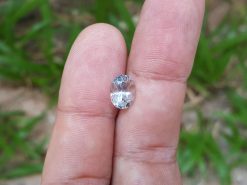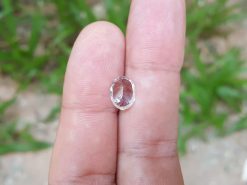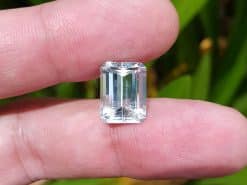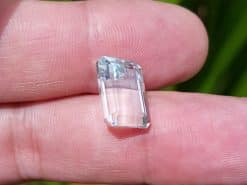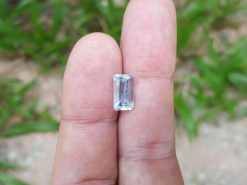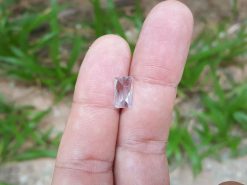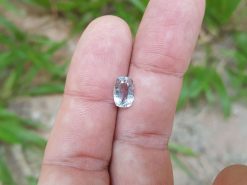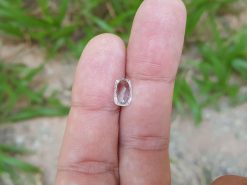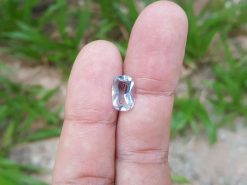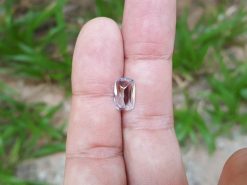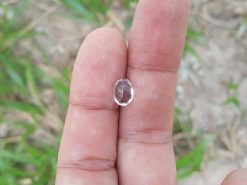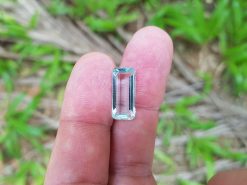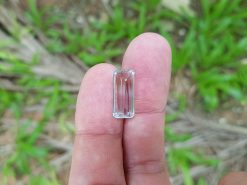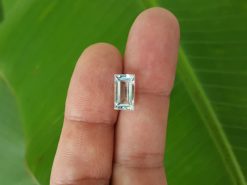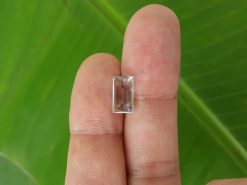Blue beryl irradiated
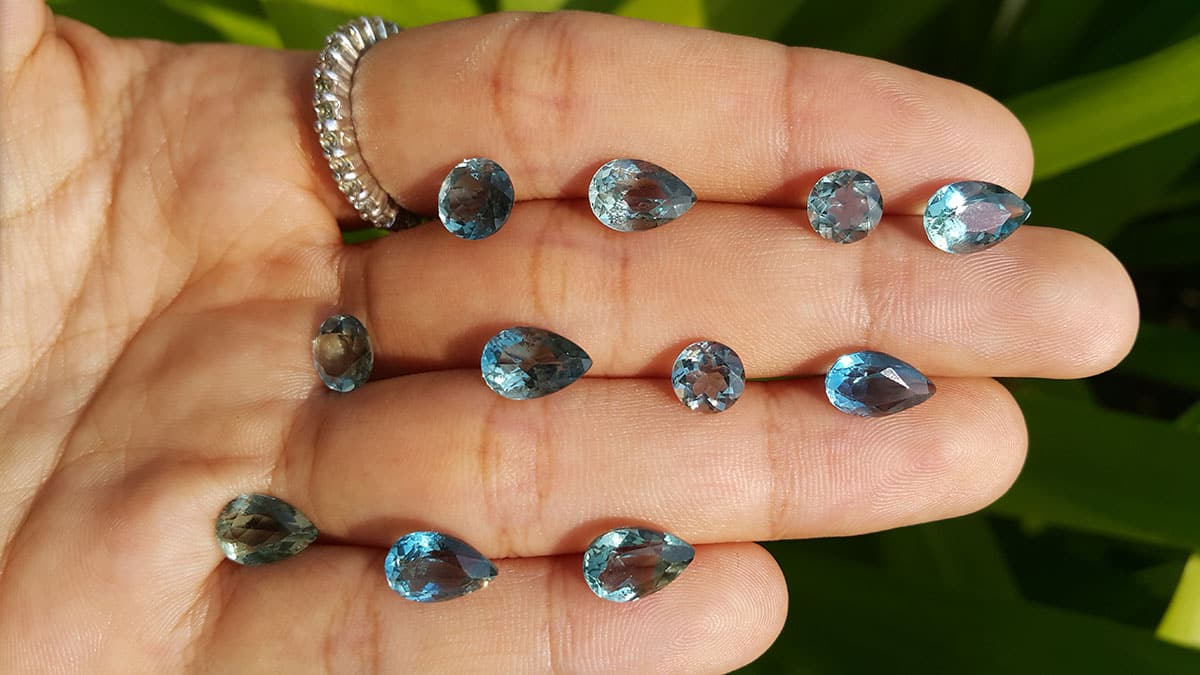
Buy natural aquamarine in our shop
Aquamarine irradiated
Blue beryl irradiated is a mineral composed of beryllium aluminium cyclosilicate with the chemical formula Be3Al2(SiO3)6. Well-known varieties of beryl include emerald and aquamarine. Naturally occurring, hexagonal crystals of beryl can be up to several meters in size, but terminated crystals are relatively rare. Pure beryl is colorless, but it is frequently tinted by impurities, possible colors are green, blue, yellow, red (the rarest), and white.
The name “beryl” is derived from Greek “beryllos” which referred to a “precious blue-green color-of-sea-water stone”, akin to Prakrit verulia, veluriya. The term was later adopted for the mineral beryl more exclusively.
When the first eyeglasses were constructed in 13th century Italy, the lenses were made of beryl (or of rock crystal) as glass could not be made clear enough. Consequently, glasses were named Brillen in German (bril in Dutch and Briller in Danish).
Irradiation
Blue beryl irradiated: the process of using electromagnetic radiation to alter a gem’s color. Irradiation has been with us since the early 1900’s when scientists like Bordas and Crookes used radium salts to change blue sapphires and diamonds green.
In today’s world, irradiation is routinely used to color a number of gemstones. Most notably, diamonds, beryl, pearls, topaz, yellow sapphire, amethyst and tourmaline.
The process by which irradiation changes color is fairly straightforward. Radiation causes electrons to be knocked off some atoms, leaving them free to be absorbed by others. This has the effect of creating “color centres” which in turn alter the light-absorbing pattern of the gemstone and by extension its color.
Generally it is gamma rays from radioactive elements such as cobalt which labs use to irradiate gemstones. Gamma rays leave no residual radioactivity. Radium by contrast, does and is hence dangerous to human health. Radium irradiated gemstones are very rarely seen these days and are usually throwbacks from early experiments.
With Gamma Irradiation, the gemstones are usually put into a lead container with radioactive material such as cobalt or cesium, and left there until the color change is achieved.
Blue beryl irradiated
Natural aquamarine for sale in our gem shop
We make custom made aquamarine jewelry as engagement rings, necklaces, stud earrings, bracelets, pendants… Please contact us for a quote.

